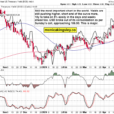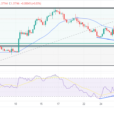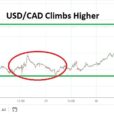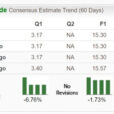The stock market has once again been doing what it does best: reminding investors that markets go down too.
After a virtually nonstop run from 6,500 on the Dow in 2009 to the huge 40% increase following the election, many forgot that sell-offs not only happen but are a fact of life.

And as the years pile on, if we are to protect our nest eggs (which I hope is one of your primary considerations), planning for these facts of life must be taken more seriously. Otherwise, the losses they incur can get us into some real trouble.
What most people don’t get about sell-offs is that they don’t drive losses or wipe out nest eggs. Only we can do that by panic-selling into them. Panic-selling is the result of owning securities that are outside of our risk envelope.
The holdings that drive irrational selling seem fine when we buy them and the upside potential looks great. But if we own something whose downside is too steep for us to tolerate – and every investment has some degree of downside – the potential returns we were expecting can turn into big losses.
Any serious effort in planning for the inevitable volatility in the market must include establishing firm boundaries that define how much pain and anxiety we can tolerate without clicking that sell button. That’s what a risk envelope is: the point at which we say “uncle.”
But when it comes to investing, human beings are really good at painting the horizon a rosy hue and even better at forgetting the pain of the past.
The biggest obstacle to setting accurate and safe risk limits is that in good times (we’ve had plenty of those in the past 10 years), we can’t seem to remember what the bad times like January 2009 felt like. The way most investors are acting today, it’s as if the collapse never happened.
That makes establishing an accurate risk envelope that will keep us in our holdings – which is where we make money – a more difficult task than most understand it to be.













Leave A Comment